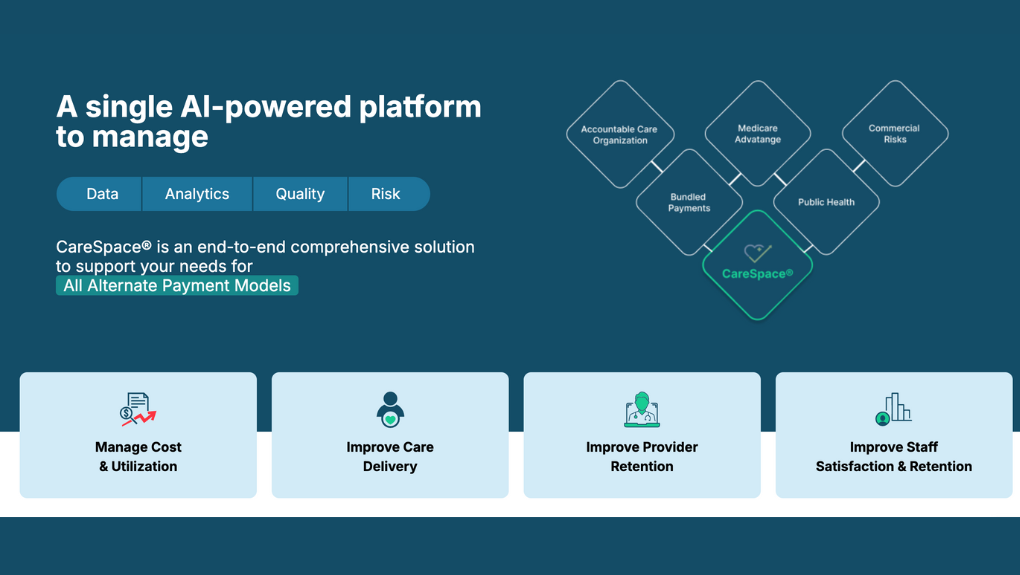The 5 Key Differences Between Non-Profit and Commercial Website Design
The world of website design is constantly changing, and the approach to designing for different types of organizations can vary greatly. Non-profit and commercial websites have unique requirements that need to be taken into consideration when creating the perfect web presence. Knowing the key differences between non-profits and commercial businesses will help you create a better user experience that meets the goals of each type of organization.
In this blog post, we'll explore five important areas where non-profit and commercial websites differ so that you can deliver an impactful online resource for your target audience.
A. Mission and Goals

Non-profit websites are driven by a mission to make a positive impact in the world. They aim to raise awareness, promote a cause, or offer a service that benefits the larger community. Alongside their mission, they also set a series of specific goals to measure their progress and ensure that they are making tangible improvements. If you want to see some great web designs for non-profits, check out Embark!
It's cool! In contrast, commercial websites are often laser-focused on selling their products or services and tend to prioritize their bottom line. This difference in approach is a reflection of the distinct purposes that non-profit and commercial organizations serve. While non-profits strive to improve society as a whole, commercial websites seek to generate revenue for their owners and shareholders.
B. Design Elements
When browsing through non-profit websites, it's hard not to notice the bold and vibrant colors that catch your eye. These sites often rely on visually stimulating design elements to convey their message and encourage visitors to take action. Simplicity is also key, with easy-to-understand copy that doesn't overwhelm the reader.
On the other hand, commercial websites tend to have more intricate layouts and multiple call-to-actions, which can sometimes make it difficult to navigate and find what you're looking for. While both types of websites have their strengths, it's important to consider the purpose and audience of each when deciding on the right design elements to use.
C. User Experience

In the world of website design, user experience is everything. When it comes to non-profit websites, a great user experience is paramount to their mission. To provide their users with a smooth, efficient experience, non-profit sites prioritize website performance and navigation. They want their supporters to feel connected, engaged, and informed about their cause.
In addition, one crucial aspect that sets apart non-profit websites is the necessity to include options for visitors to donate. This often involves prominently featuring ways to accept donations online, which not only facilitates support for their cause but also reinforces the mission-driven nature of these organizations.
Commercial sites, on the other hand, are more focused on generating conversions. Their sites are designed with sales in mind, with the aim of converting site visitors into customers. Regardless of the focus, user experience is key in both scenarios. As a user, it's important to feel valued, understood, and empowered while navigating a website.
D. Content Quality
When browsing the internet, it's easy to spot the difference between a non-profit and a commercial website. Non-profits are focused on educating and informing their readers, providing a wealth of insightful content. In contrast, commercial websites are geared towards selling their products or services, with most of their content being sales-oriented.
While both types of websites may have their own merits, it's refreshing to see non-profits prioritizing education and knowledge-sharing for their audiences. Next time you're scrolling through the web, take a moment to appreciate the quality content provided by non-profits.
E. SEO Strategies
When it comes to optimizing their online presence, non-profits and commercial sites often have different approaches. While businesses tend to rely on paid advertising to boost their visibility, non-profits often implement organic SEO tactics to drive traffic to their websites. Keyword research is a particularly useful tool for non-profits, helping them identify the terms and phrases that their target audience is searching for online.
Another key strategy is link building, which involves getting other reputable websites to link back to your site, which helps to improve your page ranking on search engines like Google. By utilizing these techniques and staying up-to-date with the latest SEO trends, non-profits can make the most of their online presence and reach more people than ever before.
Bottom Line
The design of a website is an important element in presenting its mission and goals. Non-profit websites have unique design qualities that set them apart from commercial websites - they use vivid colors, visuals, and simplified copy to draw in their target audience. Though user experience is a priority for both types of websites, non-profits focus on performance and navigation, while commercial sites prioritize conversions.
Moreover, the content quality also varies between non-profit and commercial sites - non-profits tend to have more educational material that provides value to their target audience whereas commercial websites provide sales-oriented content in order to offer products or services.
Moreover, SEO strategies also differ depending on the type of website - non-profits rely heavily on improve organic SEO tactics such as keyword research and link building whereas commercial sites need to invest more into paid advertising strategies like sponsored ads in order to get visibility online. All these elements are key when it comes to designing a successful website whether it's for a non-profit or a business.






